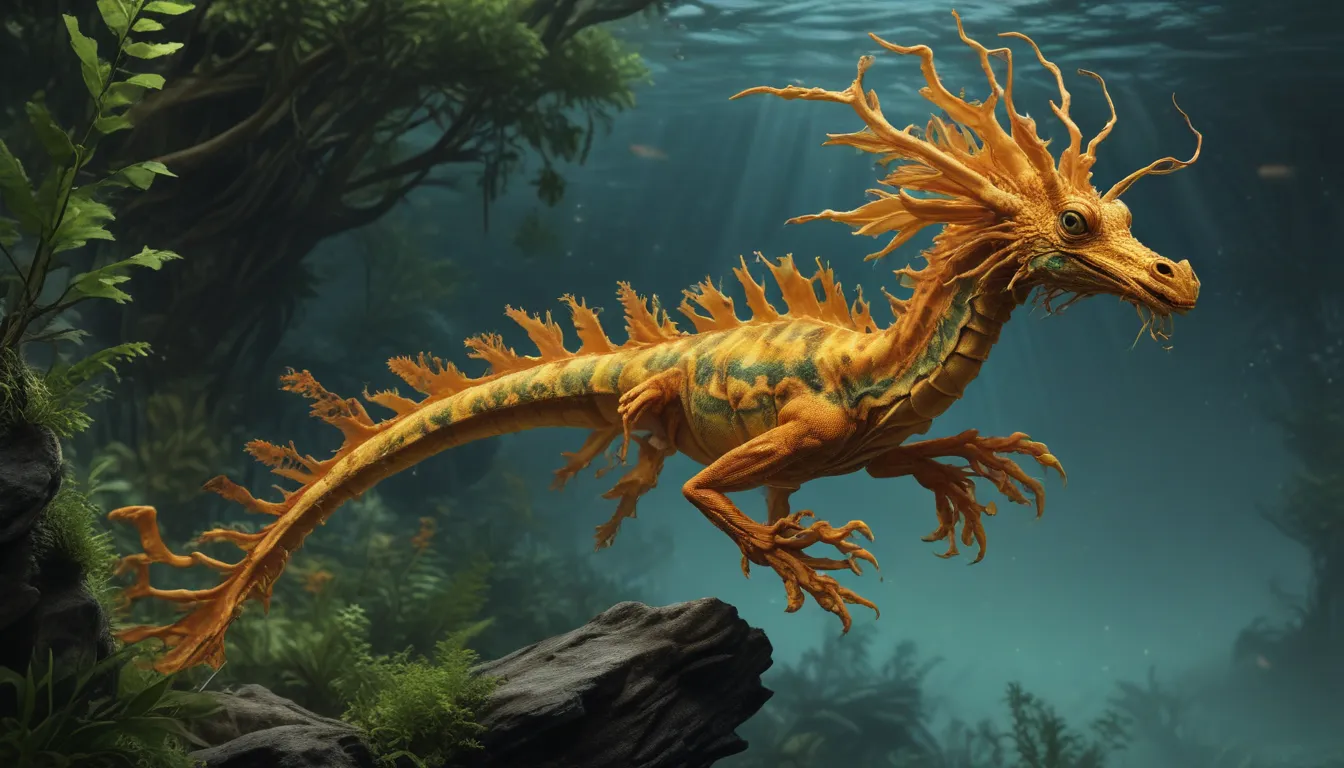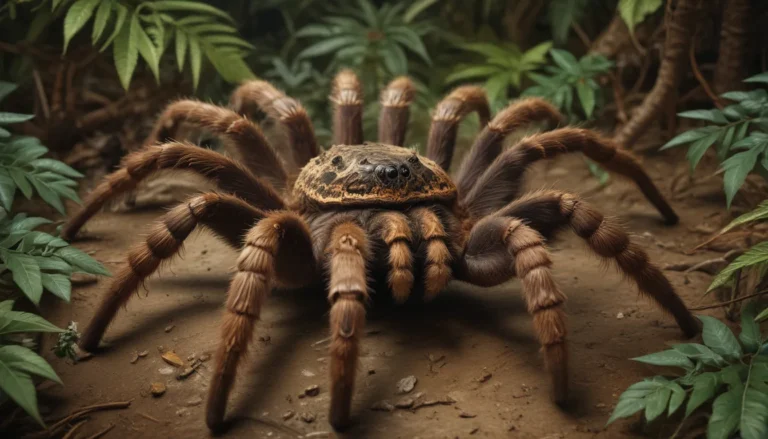The pictures we use in our articles might not show exactly what the words say. We choose these pictures to make you interested in reading more. The pictures work together with the words but don’t take their place. The words still tell you the important facts.
Have you ever pondered the existence of mystical creatures dwelling beneath the ocean's surface? Allow me to introduce you to the captivating leafy sea dragons – enchanting beings that effortlessly blend into the seaweed and kelp forests of the Australian coast. Beyond their mesmerizing appearance, these marine wonders harbor a world of secrets waiting to be uncovered. Join me on a journey as we delve deep into the realm of leafy sea dragons and unveil 20 astonishing facts that will leave you in awe of their magnificence.
The Enigmatic Leafy Sea Dragons
Leafy sea dragons, scientifically known as Phycodurus eques, are captivating marine creatures renowned for their distinct appearance. Resembling drifting seaweed, these animals perfectly camouflage themselves within their natural habitats, showcasing a remarkable adaptation to their surroundings. Despite their plant-like resemblance, leafy sea dragons are, in fact, fish closely related to seahorses and pipefish.
- They can attain a length of up to 24 cm (9.4 in).
- Named for their leaf-like protrusions utilized for camouflage rather than propulsion.
Habitat and Dietary Preferences
These elusive creatures thrive in shallow, temperate waters abundant in seaweed and seagrass, where they seamlessly blend with their ecosystem. Their diet primarily comprises tiny crustaceans and plankton, which they ingest through their elongated, pipe-like snouts.
- Exclusive to Australian waters, leafy sea dragons rely on camouflage for protection.
Unique Reproductive Strategies and Lifecycle
Diverging from seahorses, where males bear eggs, male leafy sea dragons incubate eggs underneath their tails. Following a gestation period, miniature, fully developed leafy sea dragons emerge, prepared to navigate their world independently.
- Male leafy sea dragons undertake the responsibility of egg incubation.
- The gestation period spans approximately four to six weeks.
Conservation Status and Challenges
Despite their captivating allure, leafy sea dragons confront threats stemming from pollution, habitat degradation, and the aquarium trade, culminating in their "Near Threatened" classification on the IUCN Red List.
- Conservation endeavors aim to safeguard their habitats and regulate aquarium trade.
Distinctive Behaviors and Characteristics
Distinguishing themselves from other marine species, leafy sea dragons showcase a myriad of unique behaviors and characteristics. Their ability to mimic floating seaweed serves as a dual-purpose defense mechanism and hunting tactic, enabling them to approach prey undetected.
- They exhibit vertical swimming postures distinct from conventional fish.
- Not equipped to grasp objects with their tails, unlike seahorses.
Aquarium Popularity and Care Challenges
The striking appearance and placid demeanor of leafy sea dragons render them popular amongst aquarium enthusiasts. Nevertheless, their specific dietary requirements and habitat necessities present challenges in maintaining them in captivity.
- Specialized diets and tank conditions are essential for their well-being in aquarium settings.
- Oftentimes regarded as harbingers of good fortune in marine aquariums.
Ongoing Research and Scientific Inquiries
Scientists persist in delving into the intricacies of leafy sea dragons to enhance comprehension of their behavior, reproduction, and effective conservation methodologies. Advances in genetic research and tracking technologies prove vital in conserving these mesmerizing creatures.
- Genetic studies aid in unraveling breeding patterns of leafy sea dragons.
- Tracking technologies facilitate monitoring their movements and habitat utilization.
A Bright Future for Leafy Sea Dragons
Sustained efforts geared towards conserving leafy sea dragons and their habitats offer hope for their continued thriving in the wild. Through research, public awareness campaigns, and stringent trade regulations, the enchanting leafy sea dragons stand a chance at perpetuating their existence in their natural environments.
- Public aquariums play a pivotal role in educating individuals about leafy sea dragons.
- International collaboration serves as a cornerstone for leafy sea dragon conservation.
Unveiling Intriguing Facts
The enigmatic leafy sea dragons conceal a plethora of surprises. Here are some captivating facts about these extraordinary beings:
- Despite their delicate appearance, leafy sea dragons boast a lifespan of up to 10 years in the wild.
- Their impeccable camouflage shields them from natural predators.
- Leafy sea dragons lack teeth and a stomach, feeding by suctioning food whole.
- Each leafy sea dragon bears a unique pattern of leafy appendages akin to a human fingerprint.
Embark on a journey into the mystical world of leafy sea dragons, those ethereal denizens of the deep ocean. Through their alluring appearance and captivating behaviors, they beckon us to explore the enchanting wonders beneath the waves. With each revelation, the essence of these creatures unravels, weaving a tapestry of art and nature in the realm of survival and beauty. Their presence serves as a reminder of the uncharted mysteries awaiting discovery in the ocean's depths.
Whether you seek knowledge or intrigue, our commitment to delivering engaging and reliable content remains unwavering. Each fact shared on our platform stems from real contributors like you, enriching our repository with diverse insights and information. Trust in our dedication to quality and authenticity as you delve into the realm of leafy sea dragons, those hidden treasures of the sea, beckoning you to ponder the enigmas lingering within our planet's unexplored frontiers.






